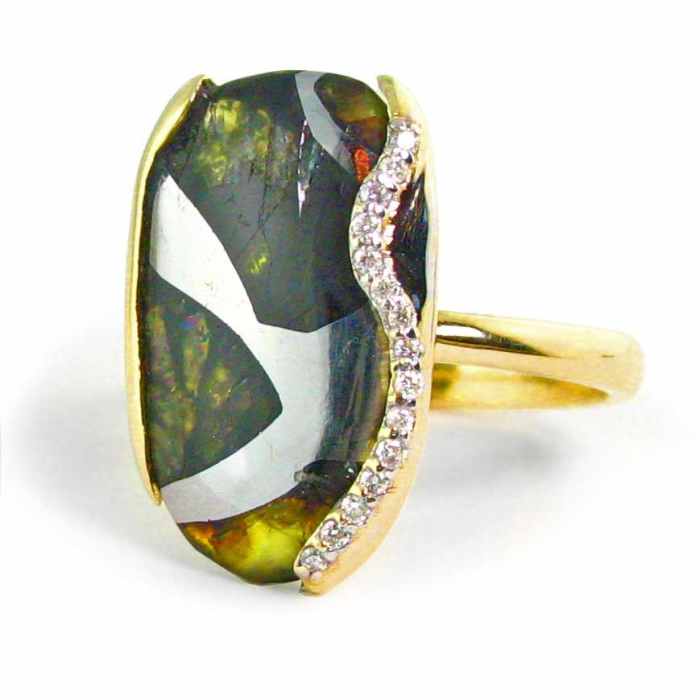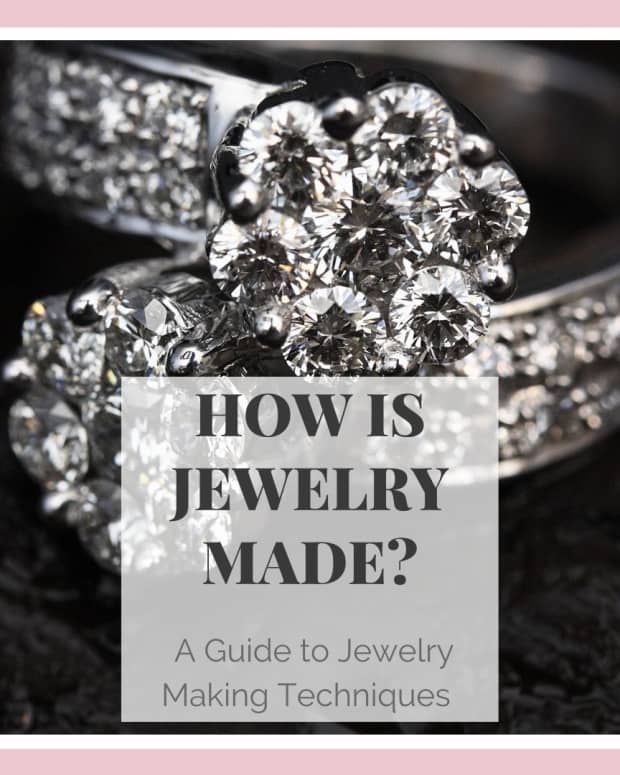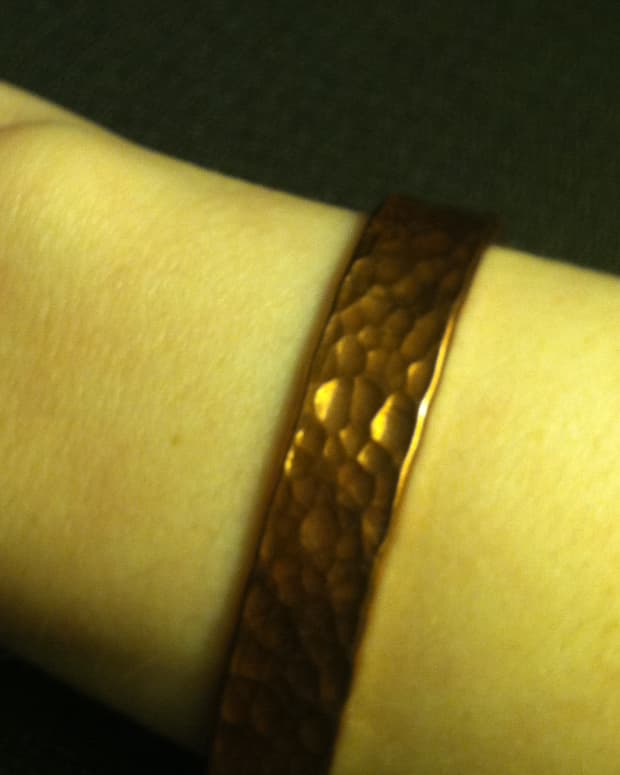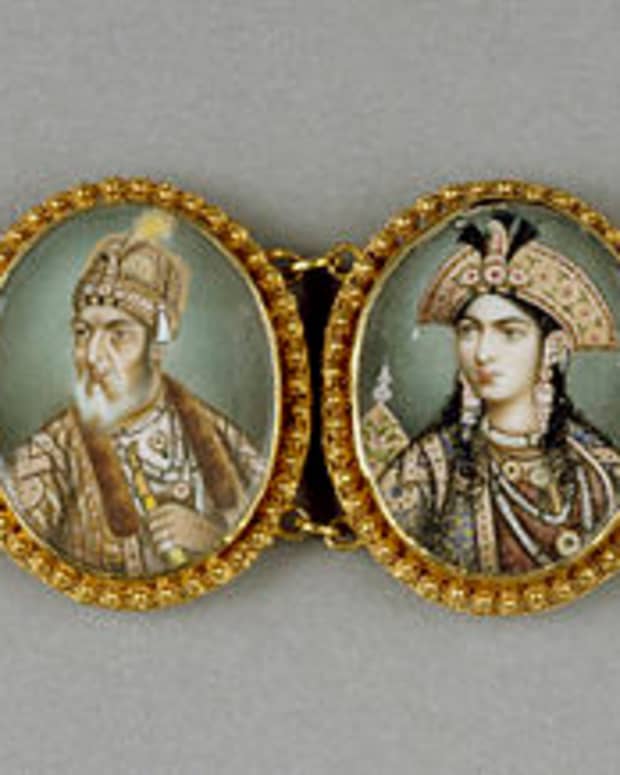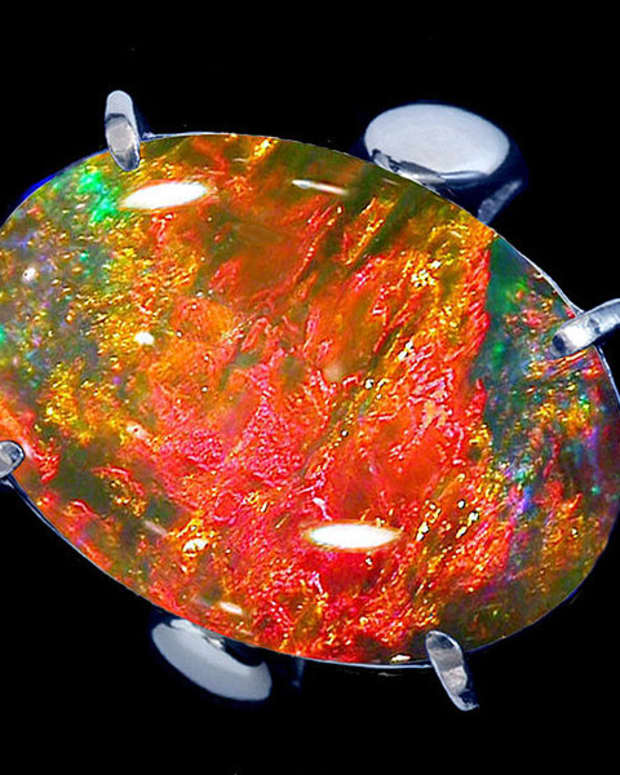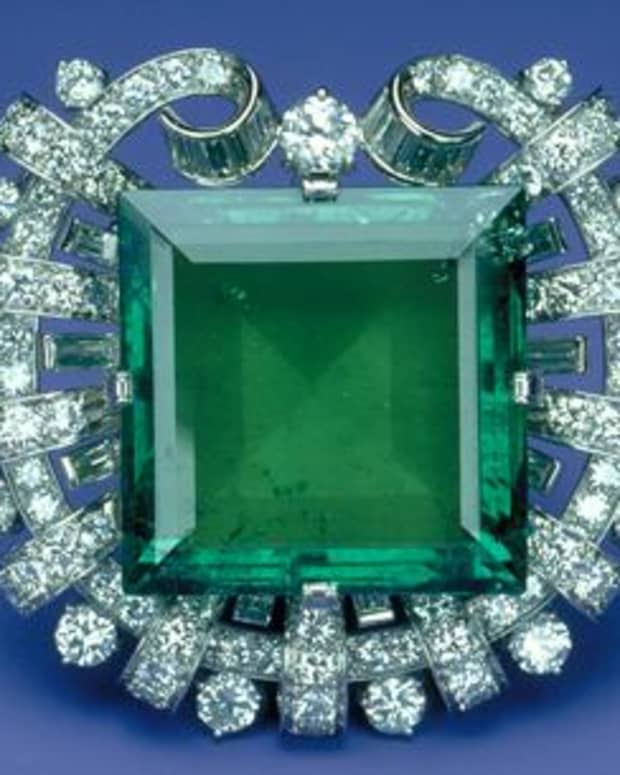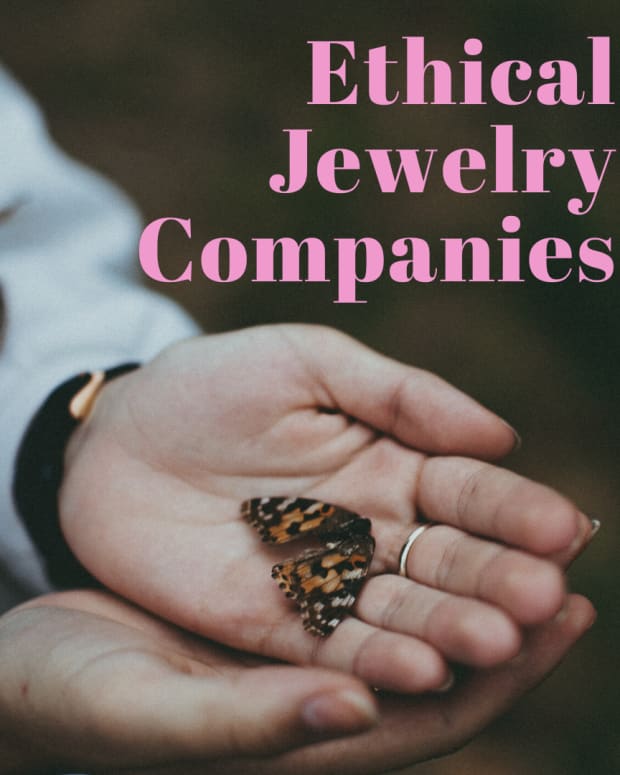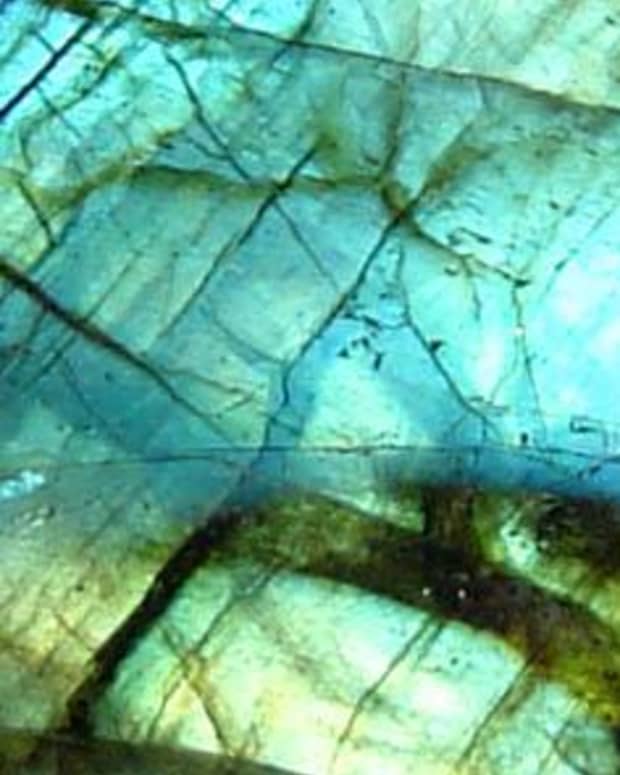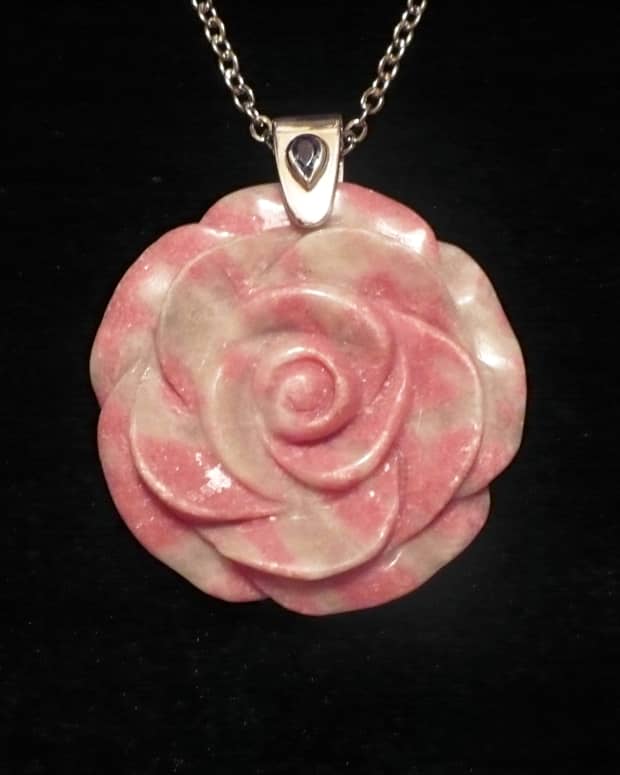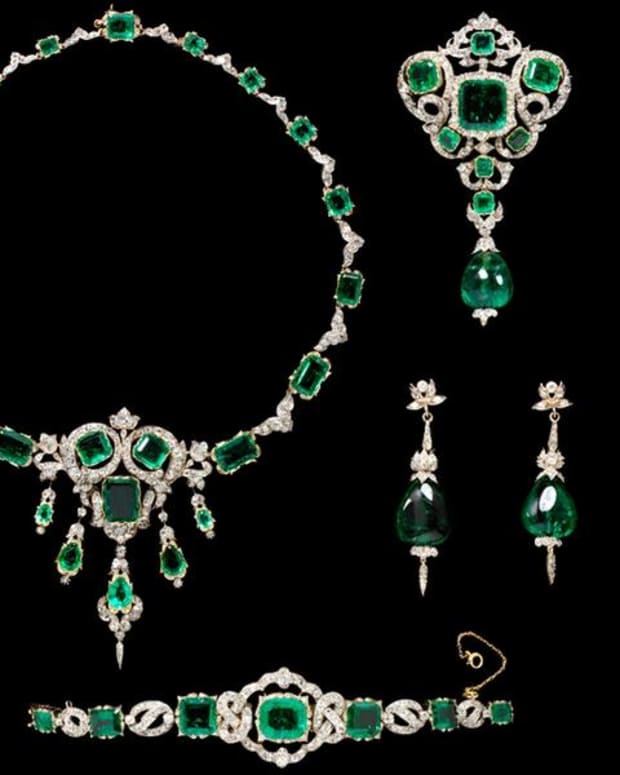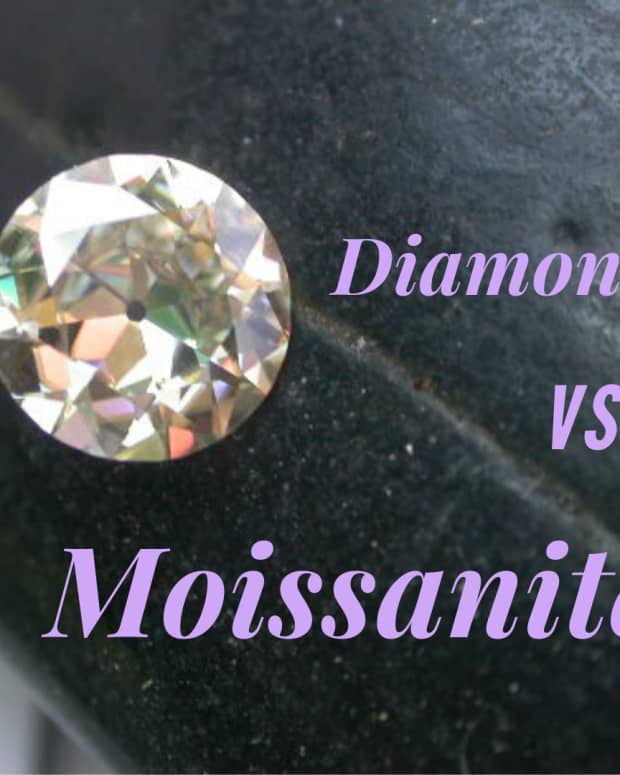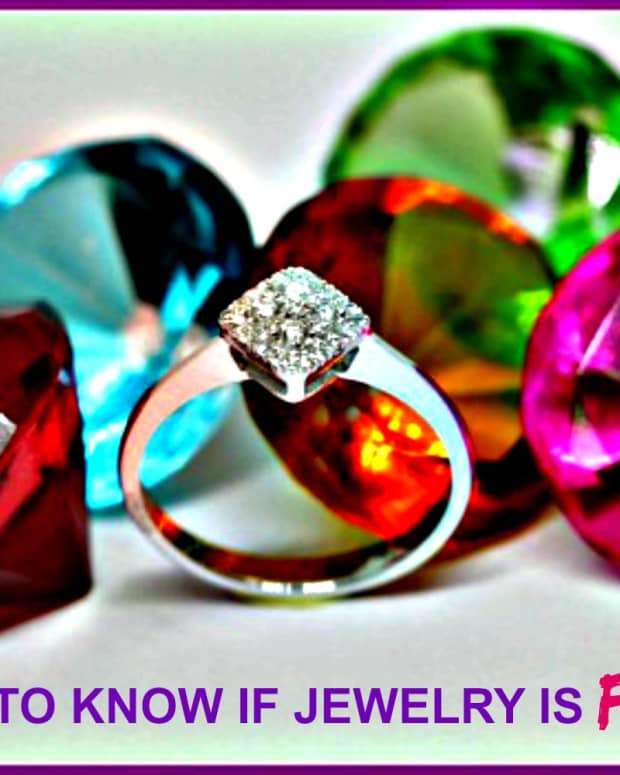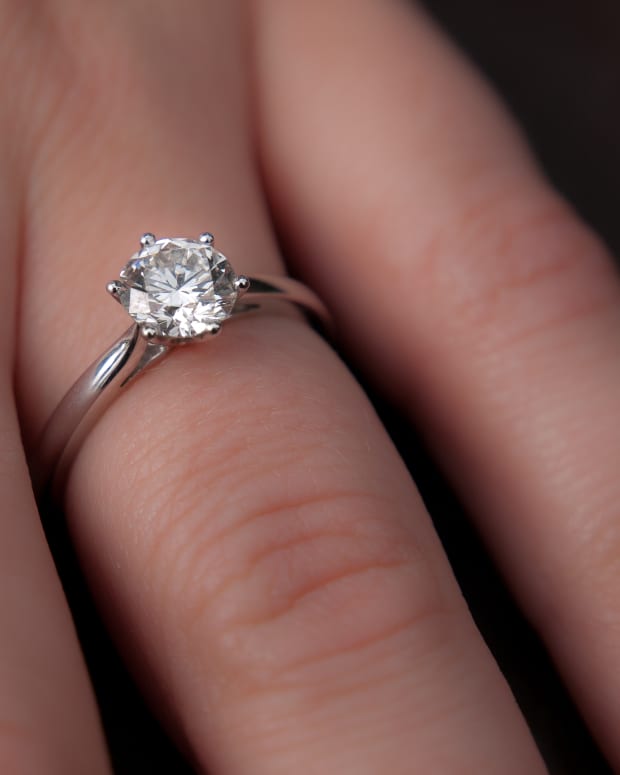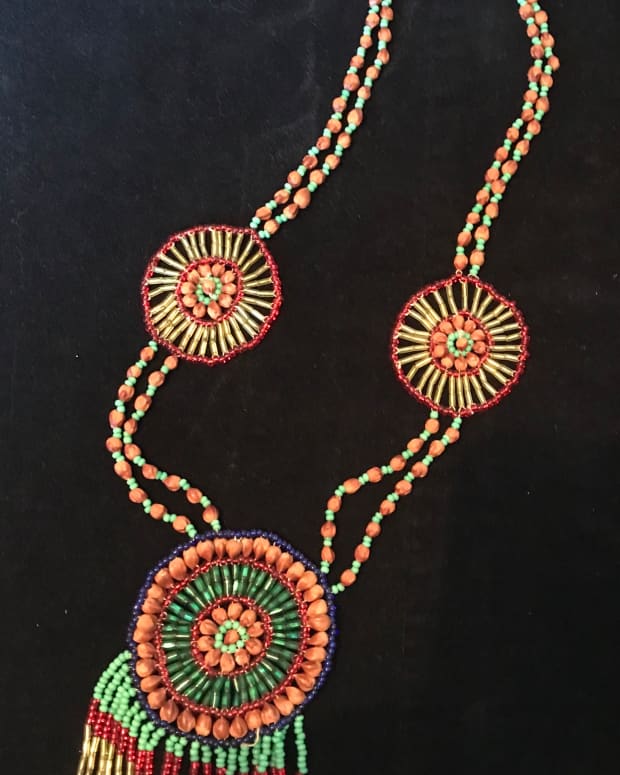Cosmic Jewelry: Items Made From Pallasite and Other Meteors
I own several pieces of meteorite jewelry and highly recommend it as a gift for your loved ones.
Meteorites in Jewelry
In case you are thinking of getting jewelry for your loved one on Valentine's Day or another occasion, please lay off the diamonds this time. We always gift our loved ones with something special and rare as an expression of love and to convey that we have a special place for them in our lives. Usually, it is in the form of jewelry such as diamonds, gold, platinum, rubies, emeralds, or sapphires.
While the limelight of precious jewelry is often stolen by diamonds and platinum, which are quite expensive due to their luster and shine, we must understand that there are things much rarer than these. Have you ever heard of cosmic jewelry?
What Is Cosmic Jewelry?
Cosmic jewelry is mostly made from pieces of meteors and asteroids. Meteorites are both rare and unique. They are not naturally formed anywhere on Earth, and their only source is space. Even though there are thousands of meteor showers and landings in a year, only a small percentage of these are fit for incorporating into jewelry. This is because there are many different types of meteors, and most of them are not jewelry quality as they just look like any other stone on Earth. However, there are specific types of meteors which are perfect for turning into precious stones.
Pallasite Meteors
There are basically three different types of meteorites: stony, metallic, and a mixture of stony and metallic.
- The stony meteorites are comprised generally of silica and a little metal, mostly being iron.
- Metallic meteorites are mostly comprised of iron and small portion of silica, nickel, cobalt, or other metals in minute proportions.
- The third kind, being a mixture of both stone and metal, is where things get interesting. These stony metallic meteors contain sandwiched layers of olivine in a matrix of iron. Olivine is basically magnesium iron silicate, which is common on Earth, but people, the olivine in meteors is certainly not of this Earth!
These olivine meteors are well known as pallasite meteors and are the most expensive and highly sought after type. These are perfect for making jewelry due to their beautiful sea green glass-like structure, coupled with the metallic sheen of iron.
Almost all valuable meteorite jewelry is made from pallasite. However, even iron meteors are used in jewelry, and—unlike pallasite—they may not be expensive as they are comparatively more common.
Read More From Bellatory
As you can see above, the beautiful structure of pallasite has led to its establishment as the king of meteors. Some of these are so beautiful that they command a price of $10 or more per gram! That's right. They are highly sought after by both meteor collectors and cosmic jewelers. Pallasites have been turned into lockets and rings, and even bracelets. Trust me, they will certainly catch the eye of most people.



Non-Pallasite and Other Meteors
There is no condition that all cosmic jewelry should be made from pallasite meteors alone. Other stony and metallic meteors are fashioned into jewelry, as well. These are often not cut into symmetrical shapes or polished. They are incorporated into the jewelry in their natural state and shape, so as to add a sense of genuineness and uniqueness to the piece. However, the price of these jewelry depends more on the craftsmanship rather than the piece of meteor itself. Even then, they will be a class above traditional jewelry, as they can still be rare.
The Appeal
What makes cosmic jewelry so awesome is that it is made of something that is literally out of this world. And the cost is not that high either. The price of a pallasite pendant or ring is not even close to the price of a diamond engagement ring. Besides, the beautiful patterns you see on the stone are not man made. Those intricate contours of metal on the stone are actually naturally occurring iron in the meteorite. In fact, the stone itself is not modified in any manner.
Unfortunately, the color choices are limited to slight variations of green or light yellow. But color hardly deters determined people who are intent on wearing a piece of the universe that traveled millions or billions of miles to reach us.
Notable Sources of Pallasites
Since pallasite meteors are quite rare, it is easy to trace pallasite jewelry back to their sources. This is both useful and necessary to determine the value of the jewelry piece you own. The most notable sources are mentioned below:
- Branham, Kansas: Meteorites of masses in excess of 1000 kg found. Used in cosmic jewelry.
- Huckitta, Australia
- Fukang, China: 1003 kg. Used extensively for pallasite jewelry.
- Imilac, Chile: Up to about 920 kg found.
- Seymchan, Russia: Slices used for both collections and jewelry.
Be Wise, Stand Out
There is no better way to convey to your loved one that they are special than by gifting them something that is otherworldly, like cosmic jewelry. You must note that the sources for pallasite jewelry are quickly drying up, as there are only a limited number of pallasite meteors remaining unexploited on Earth as of now. The demand and desirability of these pieces only goes up and cannot come down. Make the next occasion special by gifting your loved one a piece of the universe.

